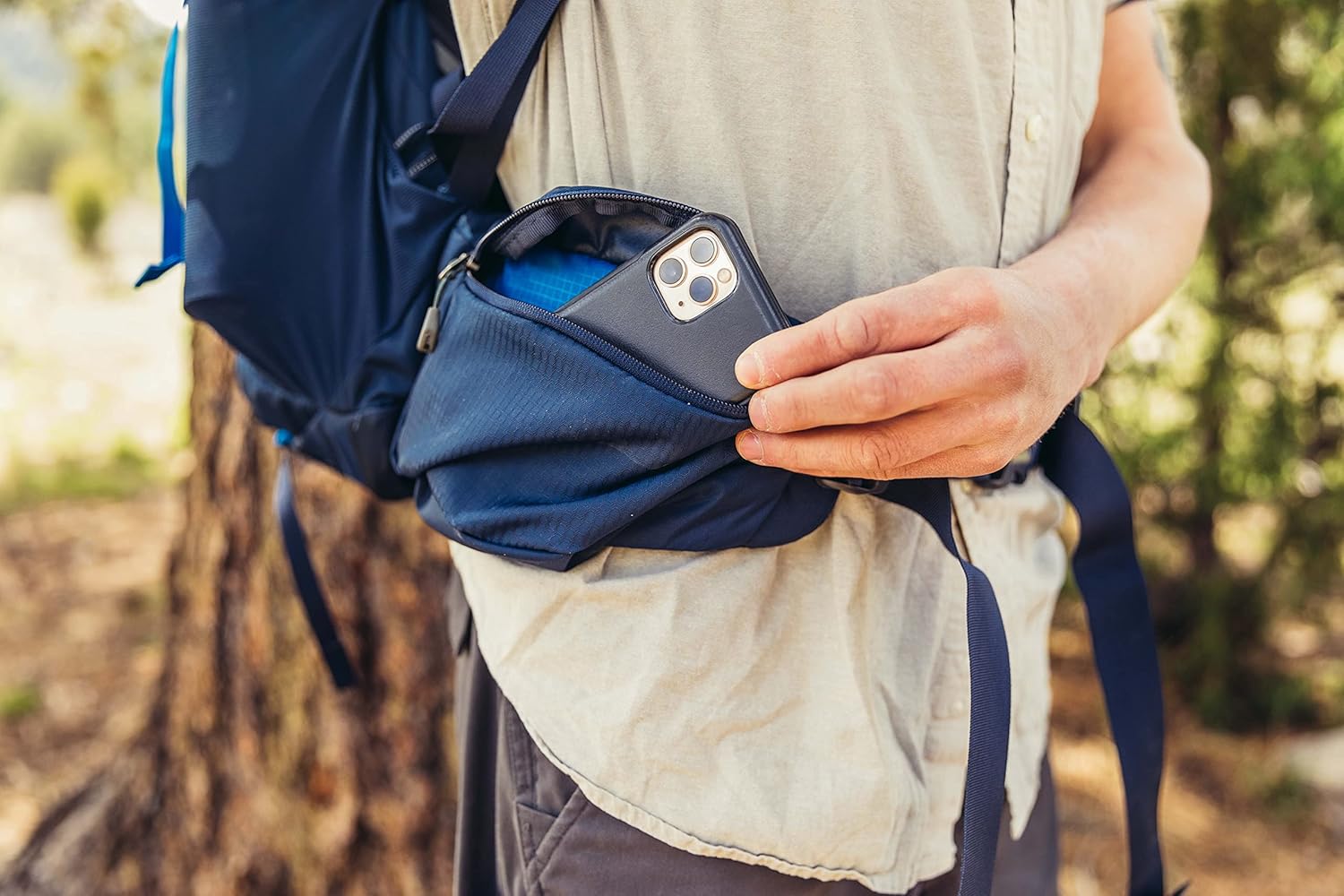<script type="text/javascript" src="http://classic.avantlink.com/affiliate_app_confirm.php?mode=js&authResponse=c4e13e1b9b5acdedad16d533a16f7bf0c234d607"></script>
<script type="text/javascript" src="http://classic.avantlink.com/affiliate_app_confirm.php?mode=js&authResponse=c4e13e1b9b5acdedad16d533a16f7bf0c234d607"></script>

Choosing the right hiking backpack isn’t just about capacity—it’s about finding the features that truly matter for comfort, efficiency, and durability. With so many options on the market, it’s easy to get overwhelmed by extra compartments, adjustable straps, and high-tech add-ons. But which features actually make a difference, and which ones are just marketing hype?
In this guide, we’ll break down the must-have backpack features that enhance your hiking experience and the ones you can skip. If you’re still looking for the perfect pack, check out our Best Backpacks of 2025 for expert recommendations. And don’t forget, pairing your backpack with the right Sleeping Bag and Sleeping Pad ensures a more comfortable trip.
🔹 Verdict: Essential—Proper fit prevents strain and discomfort on long hikes.
🔹 Verdict: Essential—A durable, lightweight pack reduces fatigue and lasts longer.
🔹 Verdict: Essential—Choose the right size for your hiking style.
🔹 Verdict: Highly recommended—Improves breathability and comfort, especially in hot weather.
🔹 Verdict: Essential—A well-organized pack saves time and effort on the trail.
🔹 Verdict: Highly recommended—Especially for long hikes where hydration is critical.
🔹 Verdict: Skip—Instead, use a high-quality pack liner or separate cover.
🔹 Verdict: Nice to have, but not necessary—Minimize excess pockets and zippers to save weight.
🔹 Verdict: Only necessary for heavy loads—Frameless packs are best for ultralight hikers.
🔹 Verdict: Skip unless needed—Only useful for mountaineering or carrying large gear.
🚫 Buying a backpack that’s too big.
✅ Solution: Stick to appropriate capacities for your hikes.
🚫 Overloading with unnecessary features.
✅ Solution: Choose only the features that add real value.
🚫 Ignoring fit and comfort.
✅ Solution: Test packs with weight before buying.
❓ What is the most important feature in a hiking backpack?
👉 Fit and weight distribution are the most important—comfort matters most on long hikes.
❓ Are built-in rain covers necessary?
👉 No, separate waterproof pack liners work better.
❓ How do I know if my backpack is too big?
👉 If it sits too far above your shoulders or sags below your hips, it’s too big.
The best backpacks balance essential features with a lightweight, durable design. Avoid overloading your pack with unnecessary extras, and instead focus on fit, comfort, and efficient organization.
Looking for the best backpacks this year? Check out our Best Backpacks of 2025 for expert recommendations. And for a complete sleep system, pair your pack with the right Sleeping Bag and Sleeping Pad for maximum comfort!